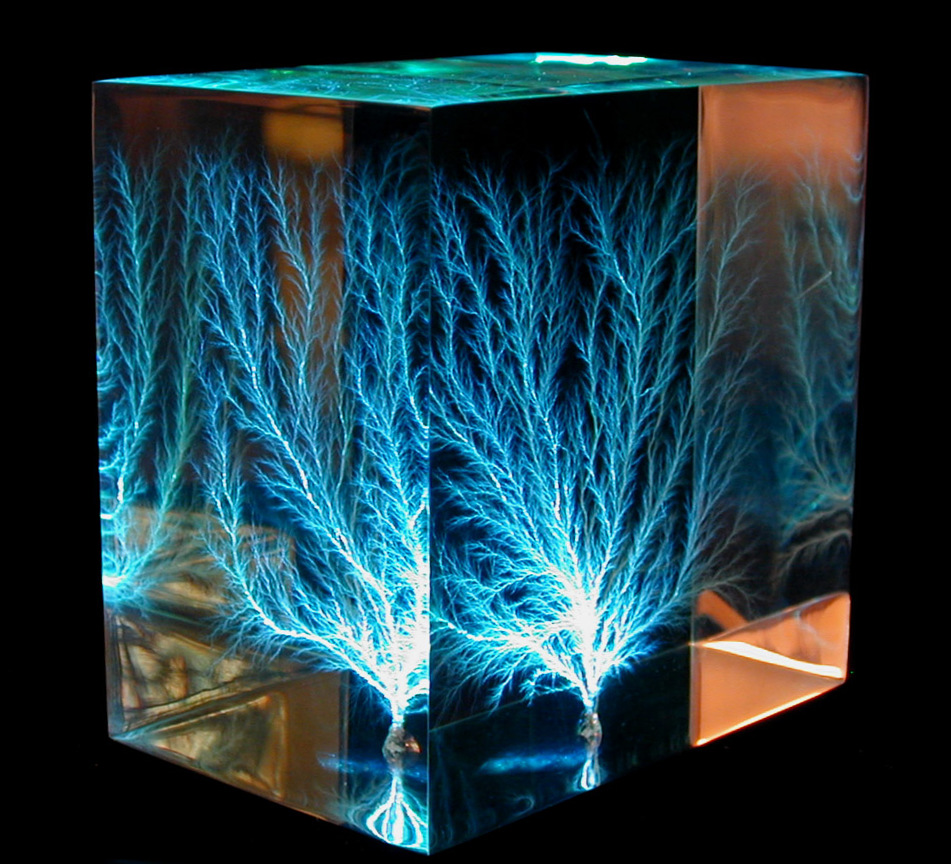 The web's a bit like a vacuum: it is sucking up all sorts of things off desktops, start bars and docks. Outlook and Thunderbird aren't really needed what with Gmail et al.. Microsoft Office is under threat from Google Docs and things like Empressr. Photo software is being supplanted with things like Flauntr, Flickr and Photoshop Express. Skype isn't really required if you use web-based Gmail chat. The list goes on....
The web's a bit like a vacuum: it is sucking up all sorts of things off desktops, start bars and docks. Outlook and Thunderbird aren't really needed what with Gmail et al.. Microsoft Office is under threat from Google Docs and things like Empressr. Photo software is being supplanted with things like Flauntr, Flickr and Photoshop Express. Skype isn't really required if you use web-based Gmail chat. The list goes on....This is so-called cloud computing, which as Google's head honcho says, "starts with the premise that the data services and architecture should be on servers" and not computer hard drives (source). In other words, all you may need in the future is a browser; everything else will be accessible via the net.
Music is the latest addition to the list. With a number of websites offering it free (chiefly LastFM from my usage but also Songza, BoomShuffle, Imeem, SpiralFrog, Qtrax and Pandora), iTunes may even become redundant and the idea of owning a track may be history. Instead, all your music would be within the LastFM (or equivalent) cloud, accessible and streamable on whatever your hardware, whenever you want, as long as you are plugged in.
Artists receive a share of the advertising revenue for having their tracks played, which as the LastFMers say is "redesigning the music economy".
As it stands LastFM is limited in its features with music streaming. For example, you can only build one playlist. But it will probably start getting as sophisticated as iTunes. At least, I hope it does.
I think 'cloud music' spearheaded by LastFM and others amounts to nothing less than a quiet revolution in the way we consume music and lays down a first draft for the future of music. I just hope it works.
































